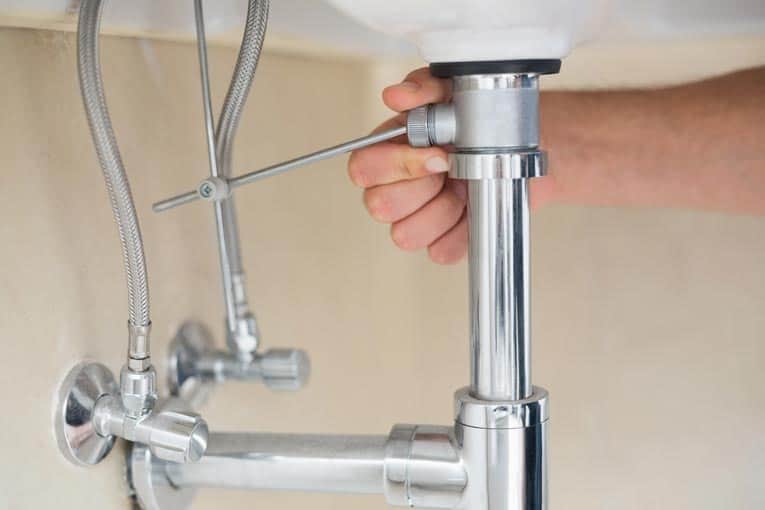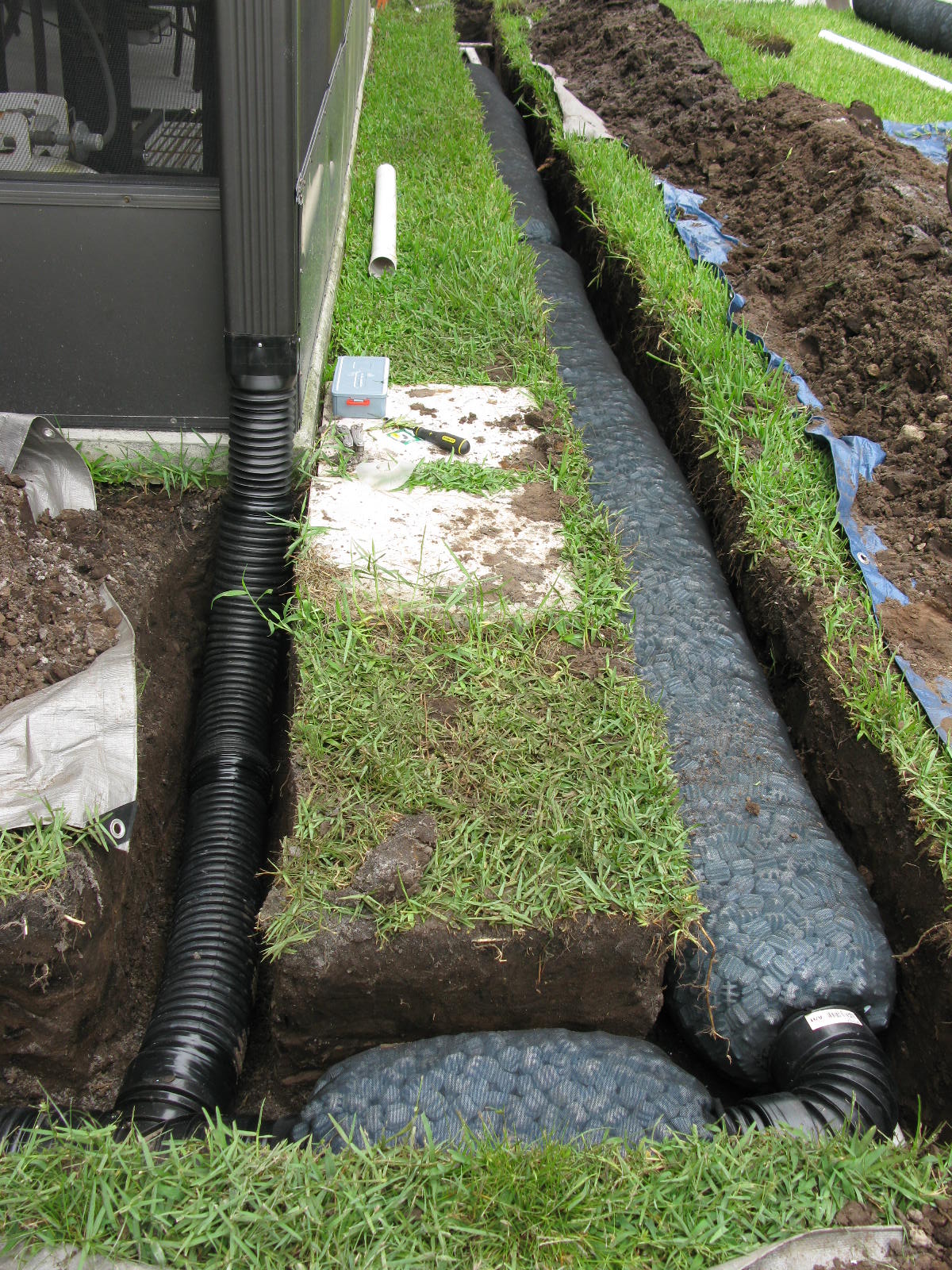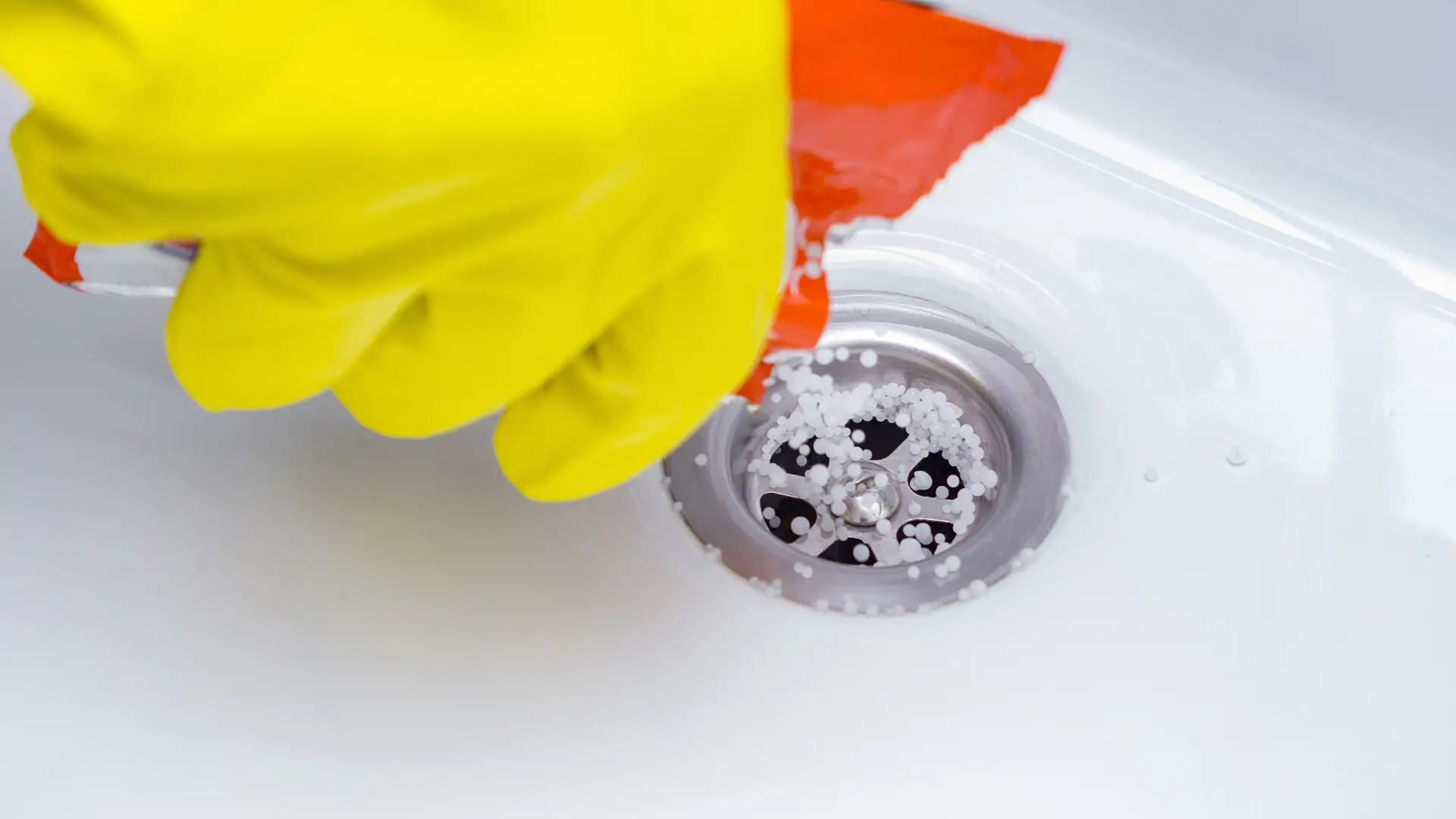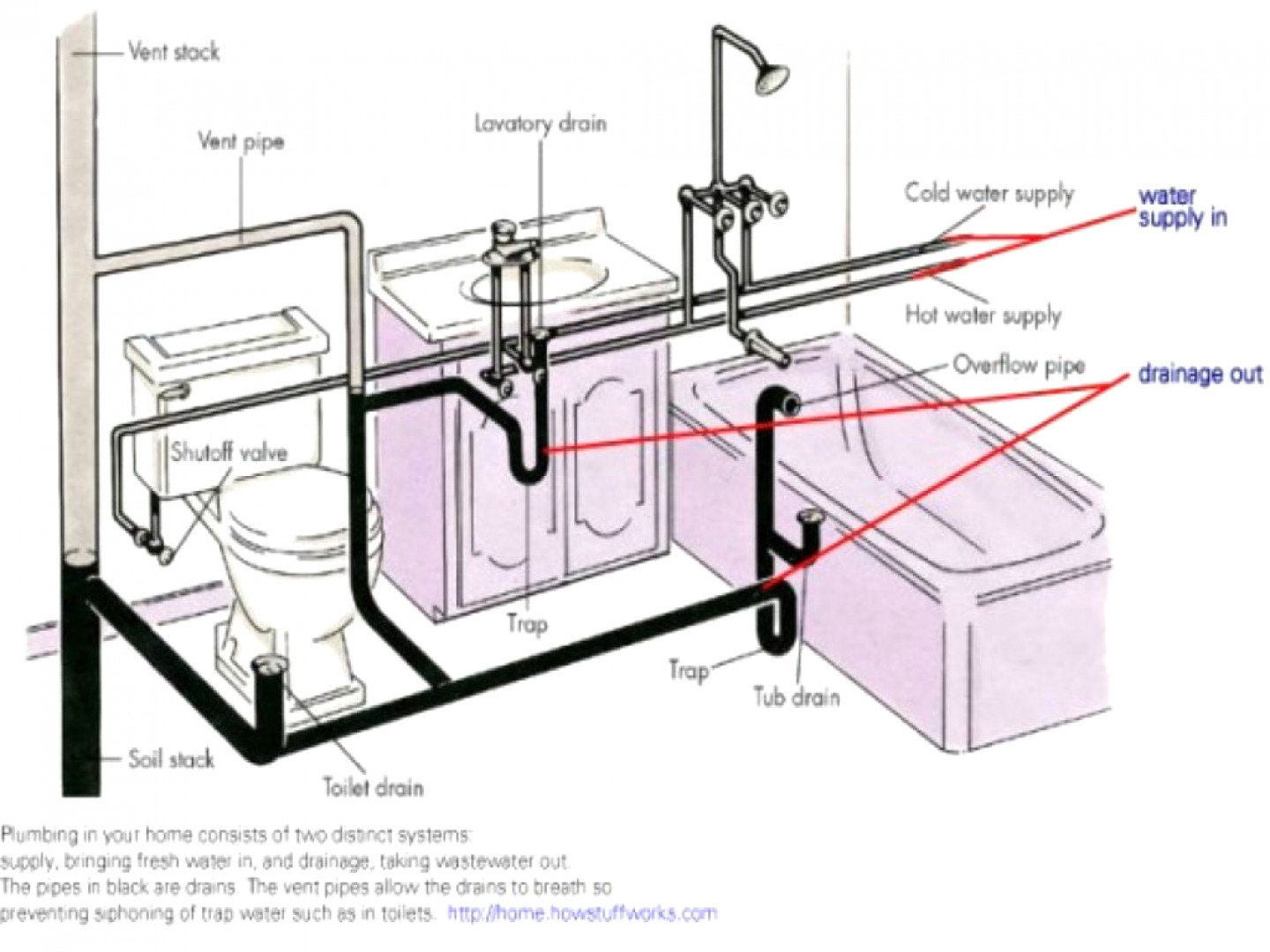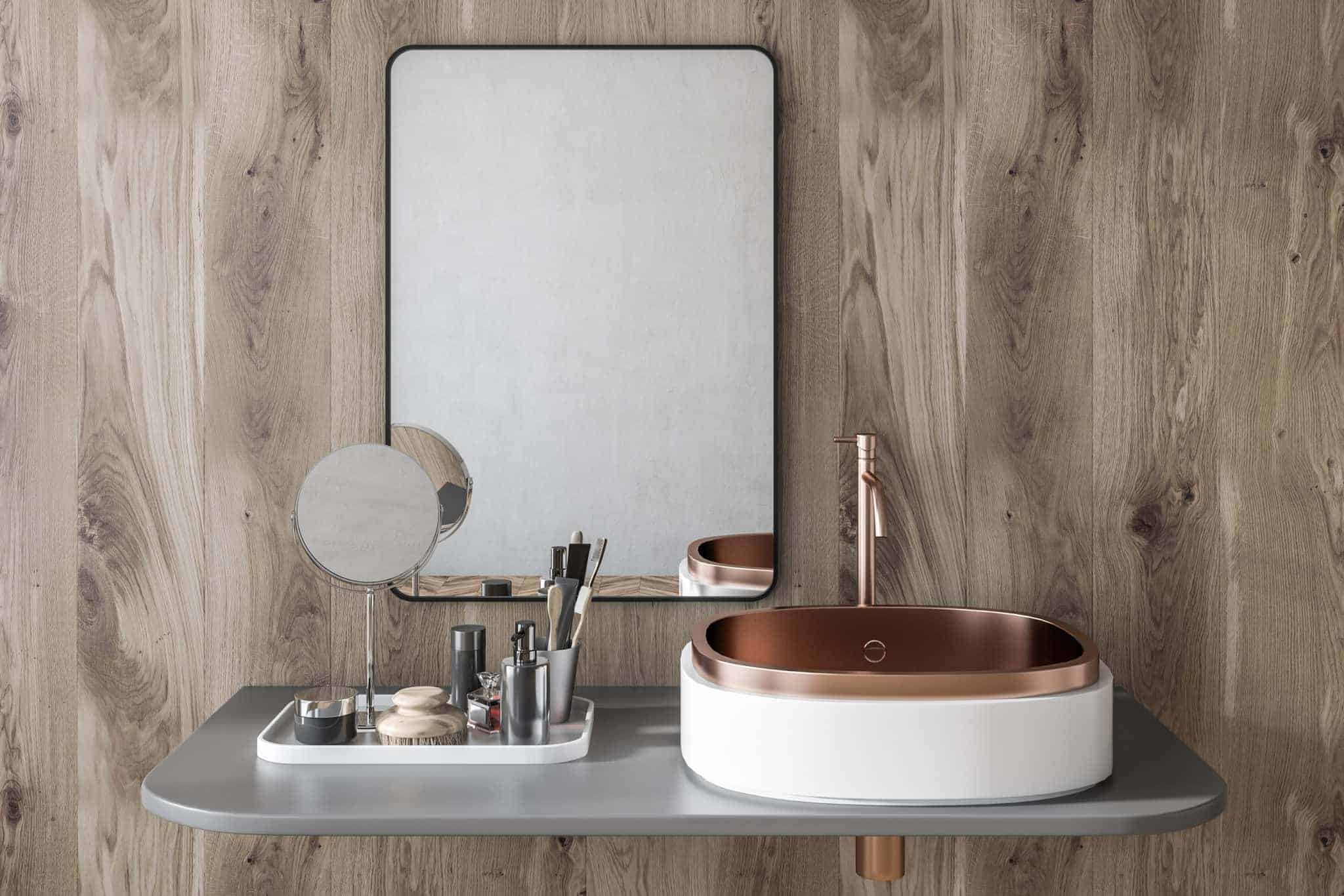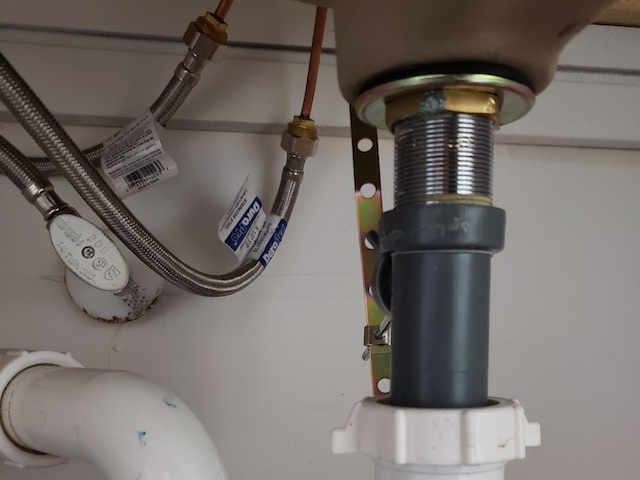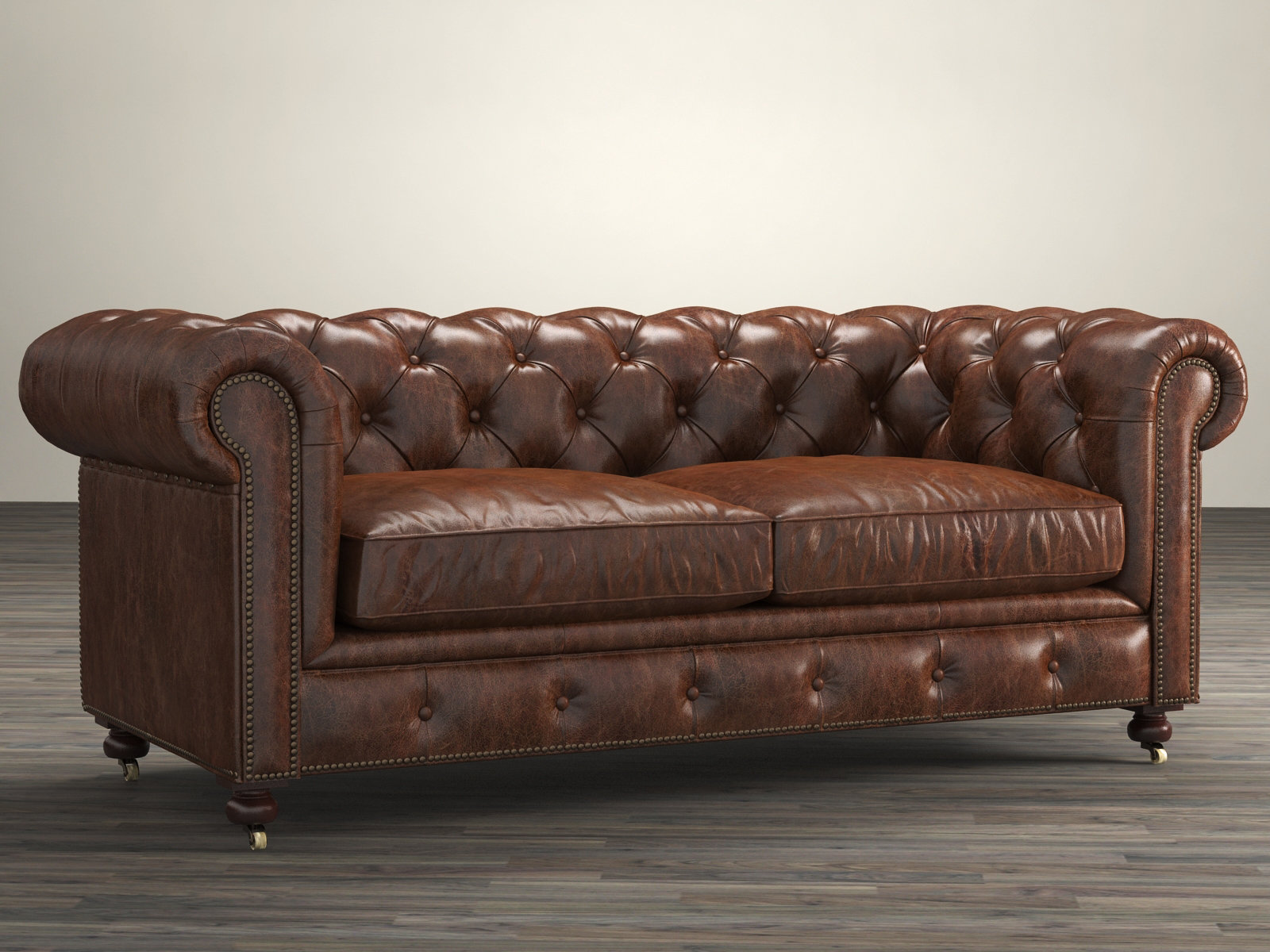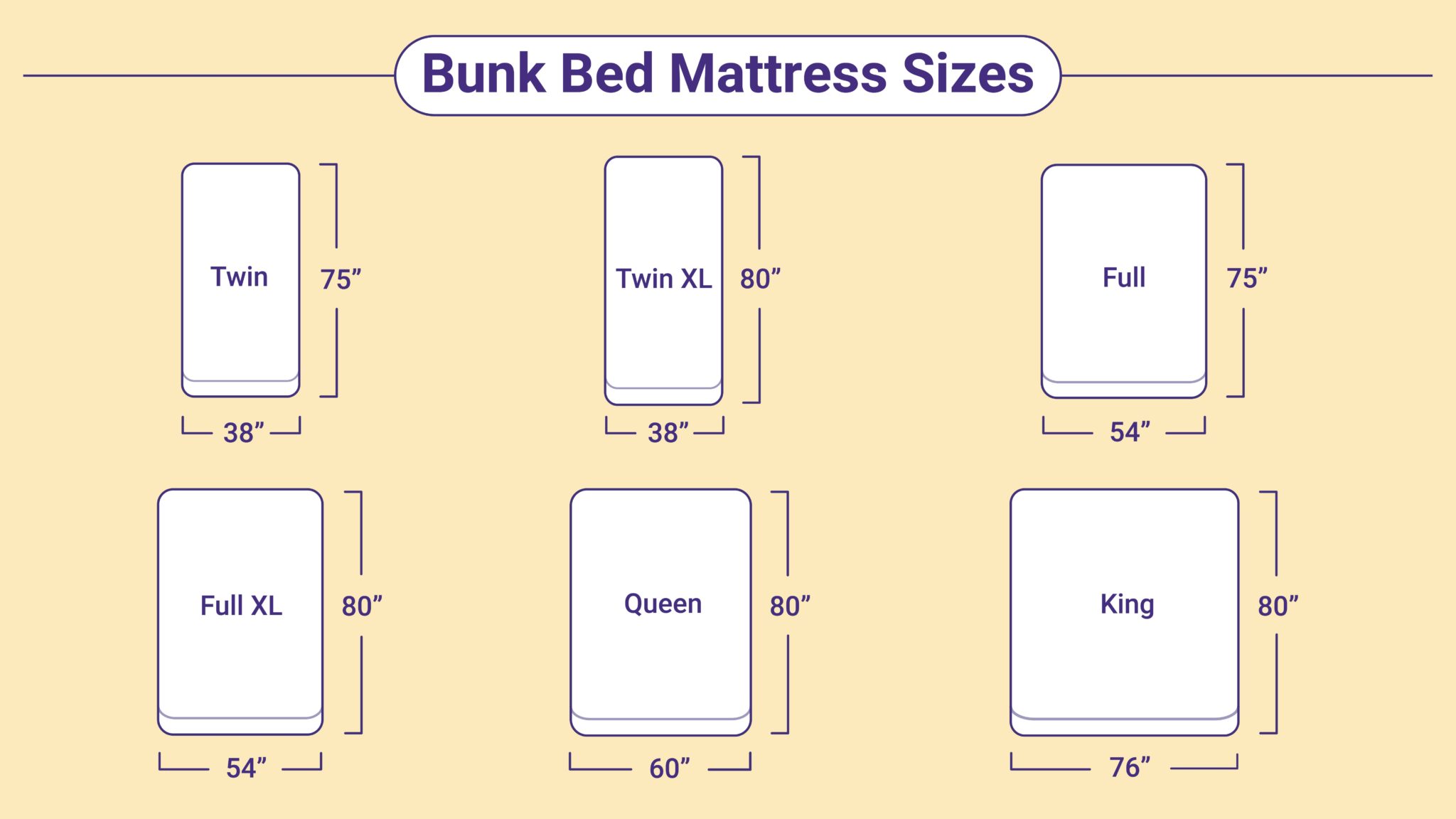Installing a new bathroom sink can be a great way to update and refresh your bathroom. However, the process of attaching the drain pipe to the sink may seem daunting. But fear not, with the right tools and a little bit of guidance, you can easily complete this task on your own. In this article, we will provide you with a step-by-step guide on how to attach a drain pipe to a bathroom sink.How to Attach a Drain Pipe to a Bathroom Sink
The first thing you need to do before attaching the drain pipe is to install the sink. Make sure to follow the manufacturer's instructions carefully. Once the sink is in place, you can start attaching the drain pipe using the following steps: Step 1: Gather Your Tools Before you begin, make sure you have all the necessary tools and materials. This includes a drain pipe kit, a drain wrench, plumber's putty, and Teflon tape. Having these tools on hand will make the process much smoother. Step 2: Apply Plumber's Putty Take a small amount of plumber's putty and roll it into a thin rope. Apply it around the bottom of the sink's drain flange. This will create a watertight seal between the sink and the drain pipe. Step 3: Insert the Drain Flange Place the drain flange into the sink's drain hole and press down firmly. Make sure it is centered and level before proceeding. Step 4: Secure the Drain Flange Under the sink, screw on the drain flange's locking nut and tighten it with a drain wrench. This will secure the drain flange in place and create a tight seal. Step 5: Attach the Tailpiece The tailpiece is the straight pipe that connects the sink drain to the P-trap. Apply Teflon tape to the threads on one end of the tailpiece and screw it into the bottom of the drain flange. Tighten with a wrench to secure it in place. Step 6: Connect the P-Trap Next, take the P-trap and attach it to the other end of the tailpiece. Make sure to align the trap's opening with the drain pipe coming out of the wall. Use Teflon tape and a wrench to secure the connections. Step 7: Check for Leaks Turn on the water and let it run for a few minutes. Check for any leaks around the connections. If you notice any leaks, tighten the connections further until they stop.Attaching a Drain Pipe to a Bathroom Sink: Step-by-Step Guide
Installing a bathroom sink drain pipe is a relatively simple DIY project. By following the steps above, you can easily attach a drain pipe to your bathroom sink in no time. However, if you are not comfortable with DIY projects or encounter any issues, it is always best to consult a professional plumber.DIY: How to Install a Bathroom Sink Drain Pipe
Attaching a drain pipe to a bathroom sink may seem complicated, but it doesn't have to be. By following the easy steps above, you can successfully install a new sink and have it up and running in no time. Just remember to take your time, follow the instructions carefully, and double-check for any leaks.Easy Steps for Attaching a Drain Pipe to Your Bathroom Sink
When it comes to connecting a drain pipe to a bathroom sink, following the proper steps is key. By using the right tools and materials and taking your time, you can ensure a secure and leak-free connection. This will not only save you from any future headaches but also ensure the longevity of your sink.The Best Way to Connect a Drain Pipe to a Bathroom Sink
Here are a few additional tips and tricks to keep in mind when attaching a drain pipe to a bathroom sink:Attaching a Drain Pipe to a Bathroom Sink: Tips and Tricks
In summary, attaching a drain pipe to a bathroom sink is a simple process that just requires a little bit of know-how. By following the steps and tips outlined above, you can easily complete this task and have a fully functional bathroom sink in your home.Quick and Simple Guide to Attaching a Drain Pipe to a Bathroom Sink
If you prefer a more detailed guide, here is a step-by-step breakdown of how to attach a drain pipe to a bathroom sink:Step-by-Step Instructions for Attaching a Drain Pipe to a Bathroom Sink
Properly connecting a drain pipe to a bathroom sink is essential to ensure a functional and leak-free sink. By following the steps and tips above, you can easily attach a drain pipe and have your sink ready to use in no time.How to Properly Connect a Drain Pipe to a Bathroom Sink
Here are a few common mistakes to avoid when attaching a drain pipe to a bathroom sink:Attaching a Drain Pipe to a Bathroom Sink: Common Mistakes to Avoid
The Importance of Properly Attaching Drain Pipe to Your Bathroom Sink

Efficient Drainage System for a Functional Bathroom
 A functional bathroom not only includes a stylish design but also efficient plumbing systems. One of the essential components of a bathroom is the sink, which is used for daily tasks such as washing hands and brushing teeth. However, a sink is only as good as its drainage system. Properly attaching the drain pipe to your bathroom sink is crucial for maintaining a functional and hygienic bathroom.
A functional bathroom not only includes a stylish design but also efficient plumbing systems. One of the essential components of a bathroom is the sink, which is used for daily tasks such as washing hands and brushing teeth. However, a sink is only as good as its drainage system. Properly attaching the drain pipe to your bathroom sink is crucial for maintaining a functional and hygienic bathroom.
Preventing Water Backups and Clogs
 The main purpose of a drain pipe is to carry wastewater from the sink to the sewer or septic system. If the drain pipe is not properly attached, it can lead to water backups and clogs. Water backups can cause a foul smell and damage to your bathroom. Clogs, on the other hand, can be a hassle to deal with and may require professional plumbing services. By ensuring that the drain pipe is securely attached to your bathroom sink, you can prevent these issues and maintain a clean and functional bathroom.
The main purpose of a drain pipe is to carry wastewater from the sink to the sewer or septic system. If the drain pipe is not properly attached, it can lead to water backups and clogs. Water backups can cause a foul smell and damage to your bathroom. Clogs, on the other hand, can be a hassle to deal with and may require professional plumbing services. By ensuring that the drain pipe is securely attached to your bathroom sink, you can prevent these issues and maintain a clean and functional bathroom.
Choosing the Right Materials
 When attaching a drain pipe to your bathroom sink, it is essential to choose the right materials. The most common materials used for drain pipes are PVC and ABS. PVC is a sturdy and durable material that is resistant to corrosion, making it a popular choice for drain pipes. ABS is a lightweight and flexible material that is easy to work with, making it suitable for DIY projects. It is important to choose the appropriate material for your specific plumbing needs and to ensure that the connections are properly sealed to prevent leaks.
When attaching a drain pipe to your bathroom sink, it is essential to choose the right materials. The most common materials used for drain pipes are PVC and ABS. PVC is a sturdy and durable material that is resistant to corrosion, making it a popular choice for drain pipes. ABS is a lightweight and flexible material that is easy to work with, making it suitable for DIY projects. It is important to choose the appropriate material for your specific plumbing needs and to ensure that the connections are properly sealed to prevent leaks.
Proper Installation for Longevity
 Properly attaching the drain pipe to your bathroom sink also ensures its longevity. A poorly installed drain pipe can lead to leaks, which can cause water damage and mold growth. This not only affects the functionality of your bathroom but also poses health hazards. By following proper installation techniques and using quality materials, you can ensure that your drain pipe lasts for years to come.
In conclusion,
attaching the drain pipe to your bathroom sink is crucial for maintaining a functional and hygienic bathroom. It prevents water backups and clogs, ensures proper drainage, and promotes the longevity of your plumbing system. By choosing the right materials and following proper installation techniques, you can ensure that your bathroom sink and drain pipe work efficiently for years to come.
Properly attaching the drain pipe to your bathroom sink also ensures its longevity. A poorly installed drain pipe can lead to leaks, which can cause water damage and mold growth. This not only affects the functionality of your bathroom but also poses health hazards. By following proper installation techniques and using quality materials, you can ensure that your drain pipe lasts for years to come.
In conclusion,
attaching the drain pipe to your bathroom sink is crucial for maintaining a functional and hygienic bathroom. It prevents water backups and clogs, ensures proper drainage, and promotes the longevity of your plumbing system. By choosing the right materials and following proper installation techniques, you can ensure that your bathroom sink and drain pipe work efficiently for years to come.















